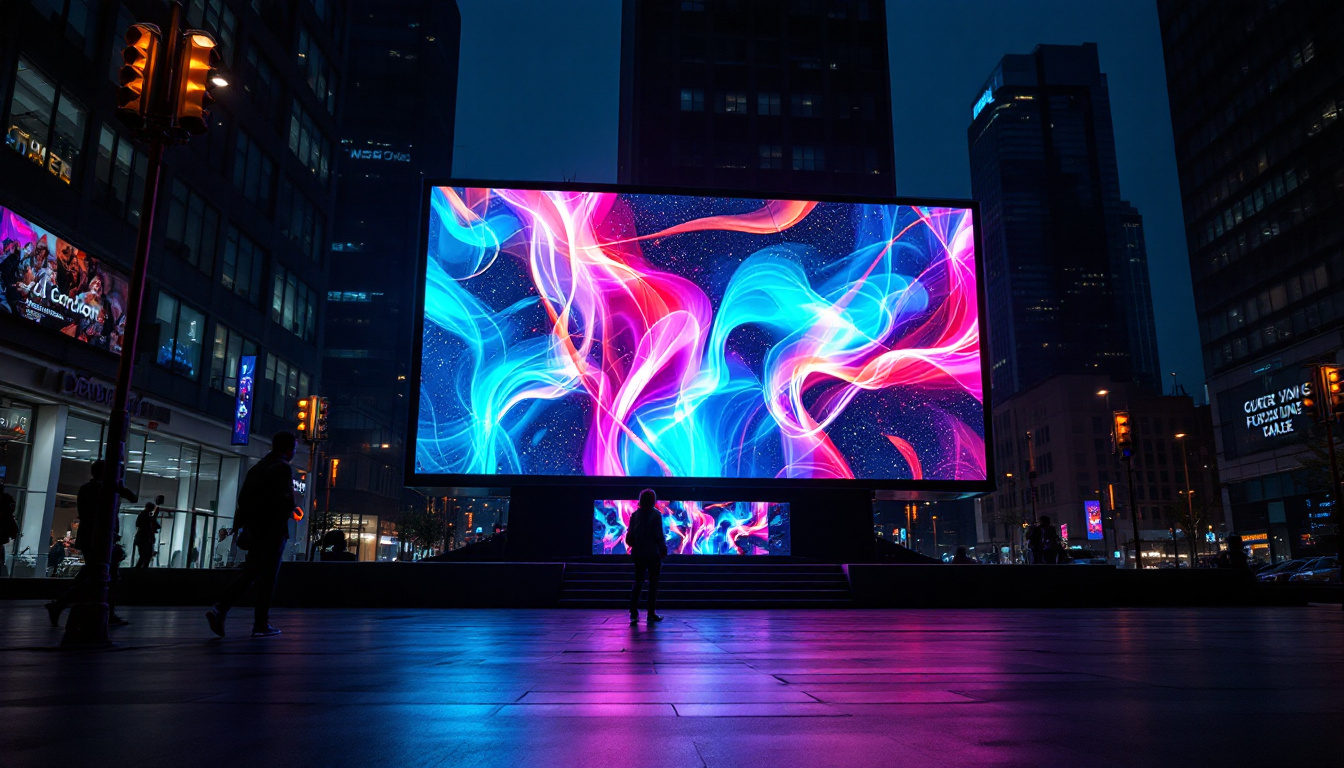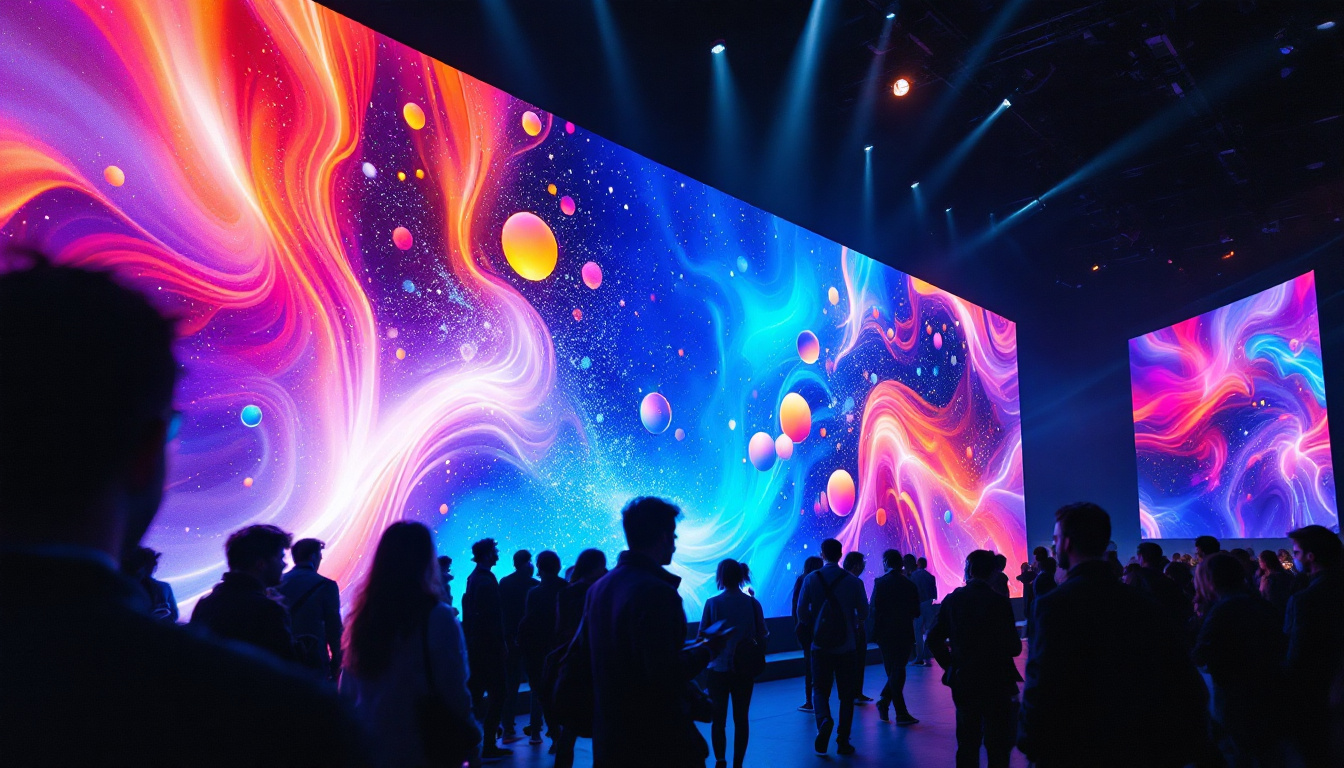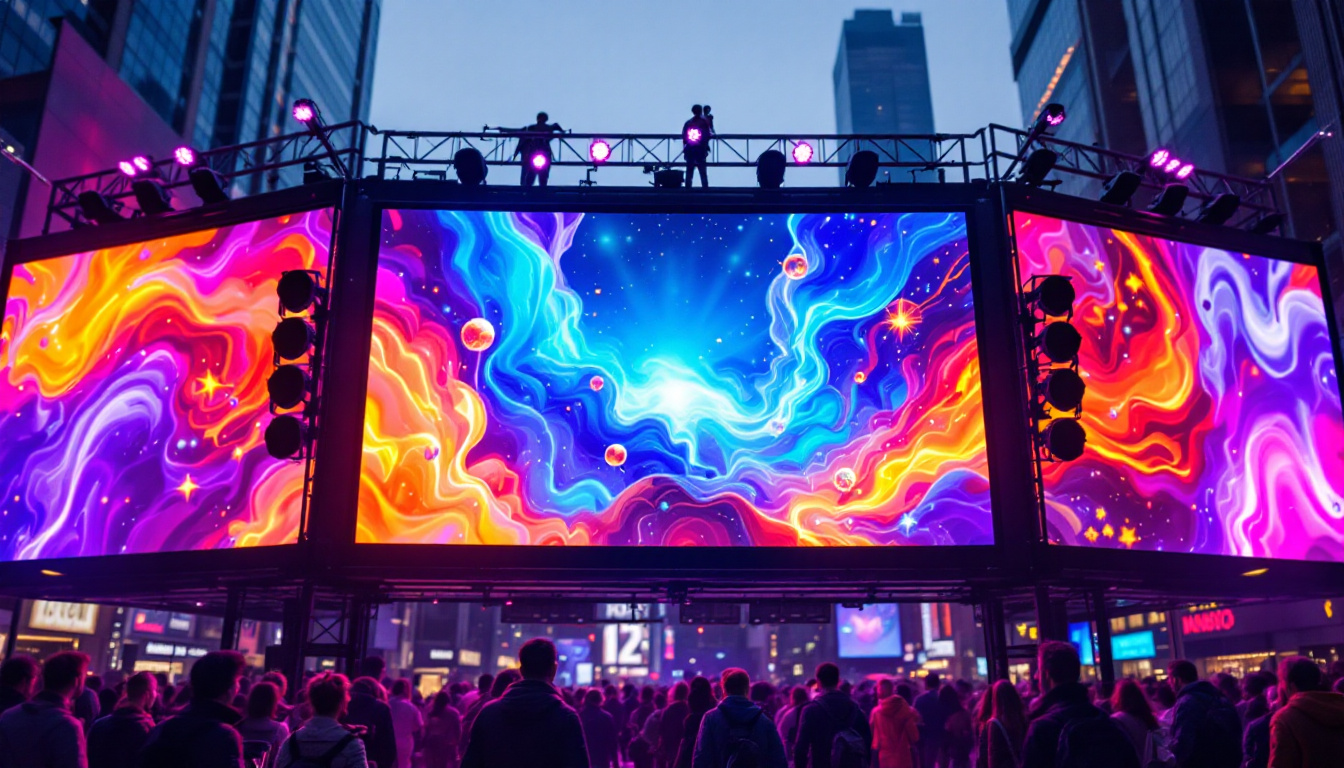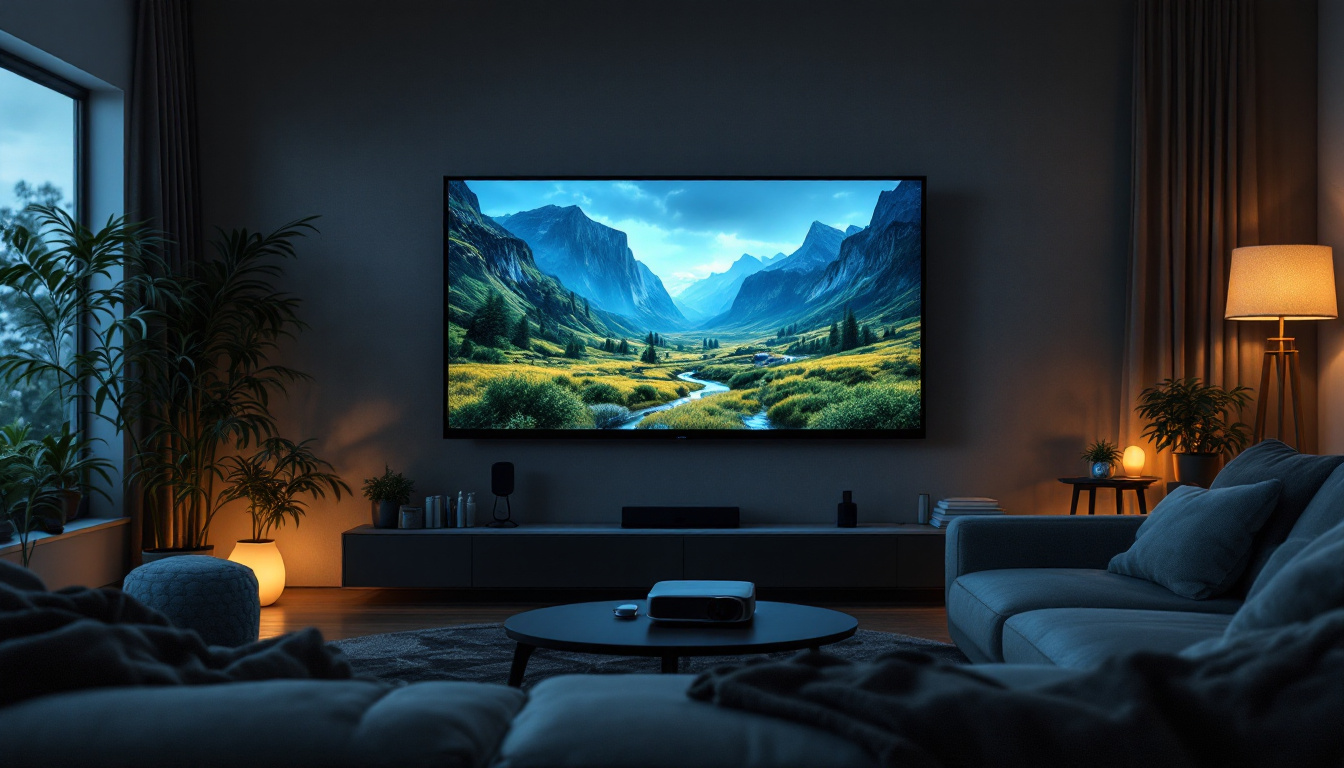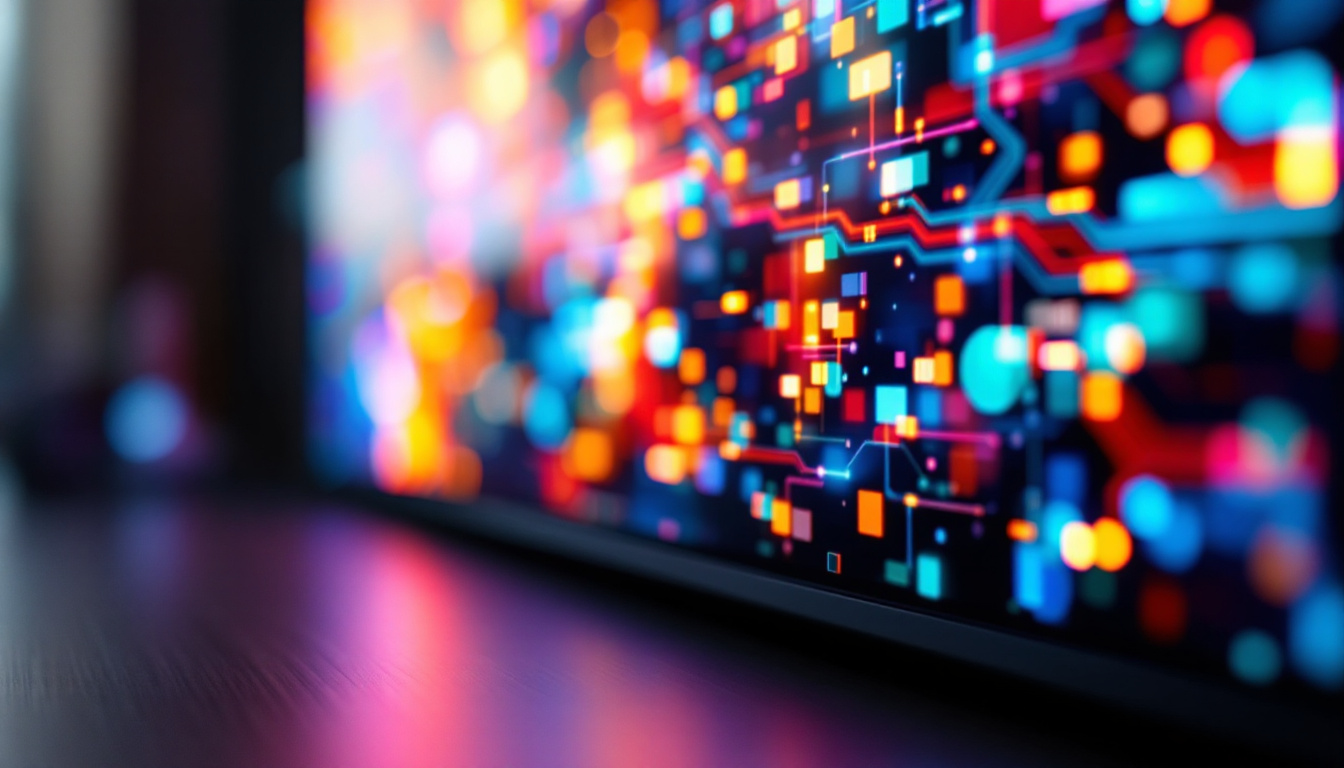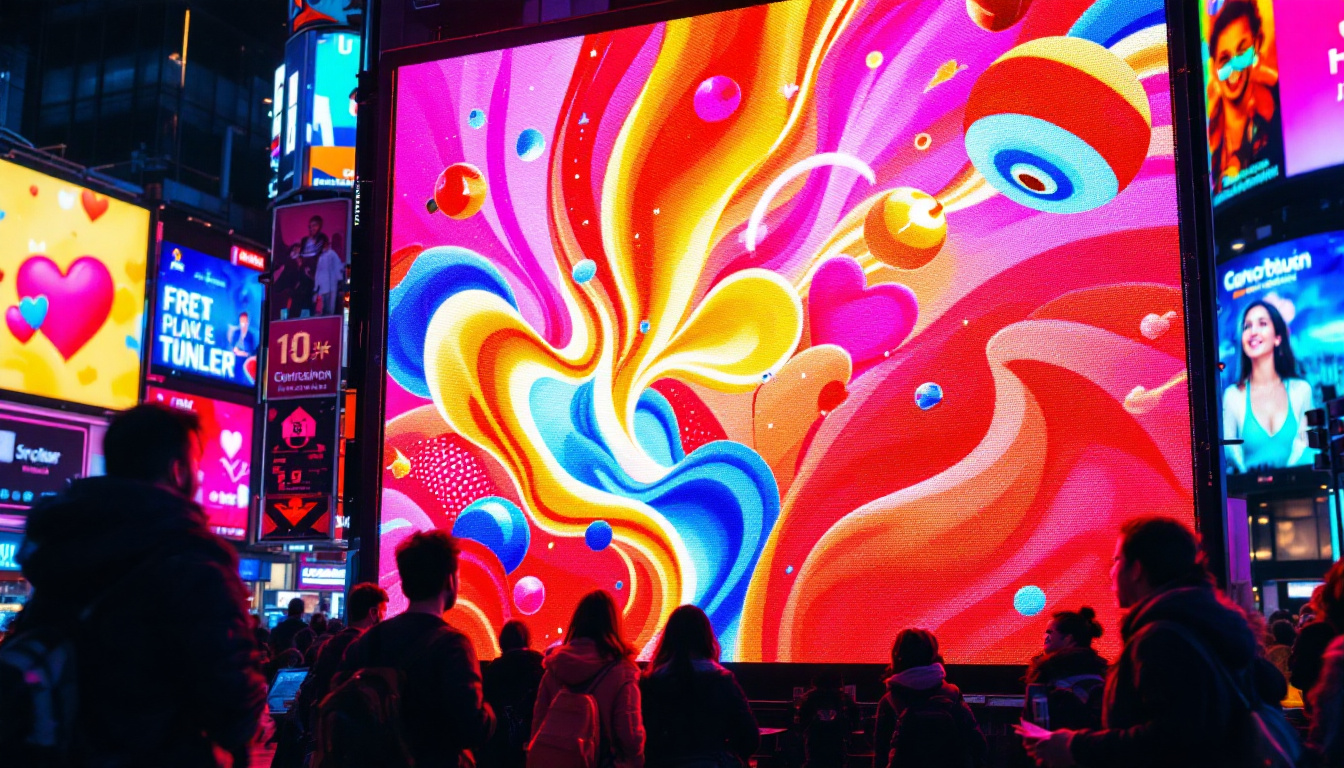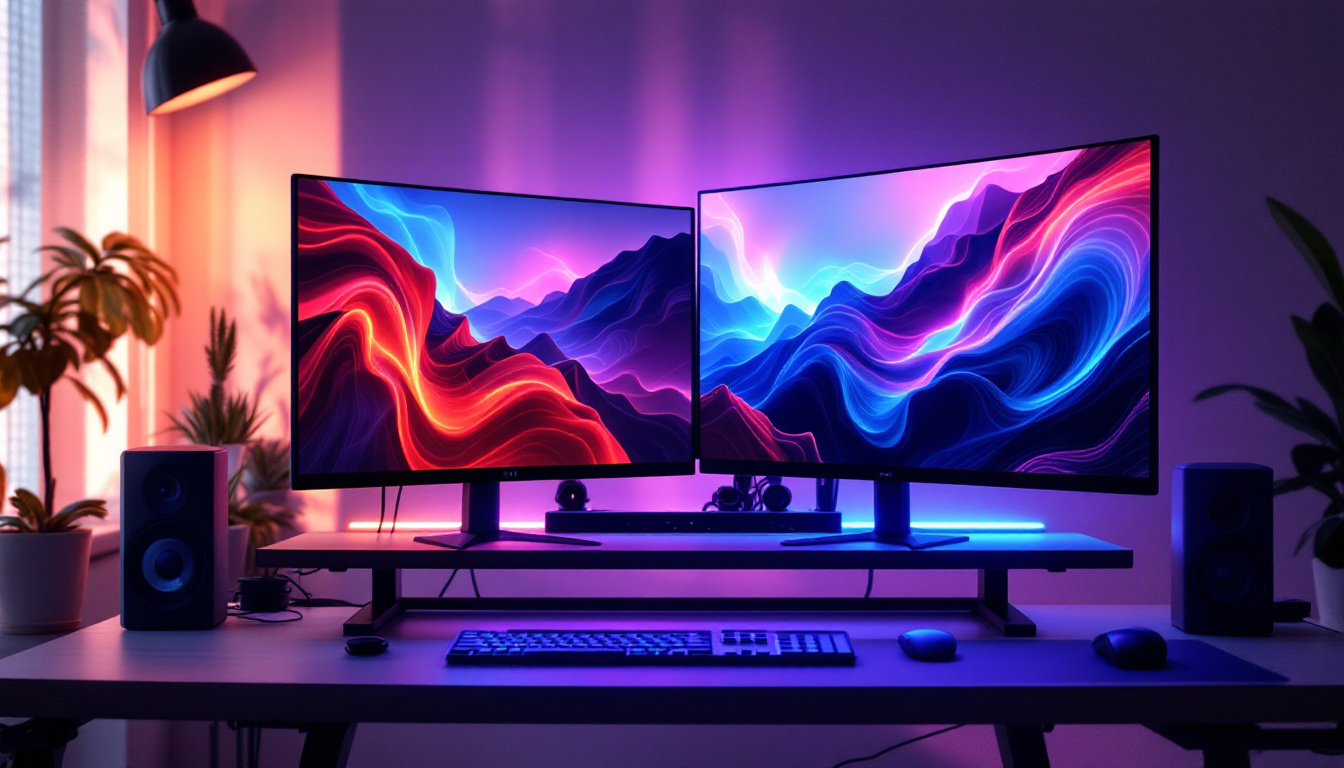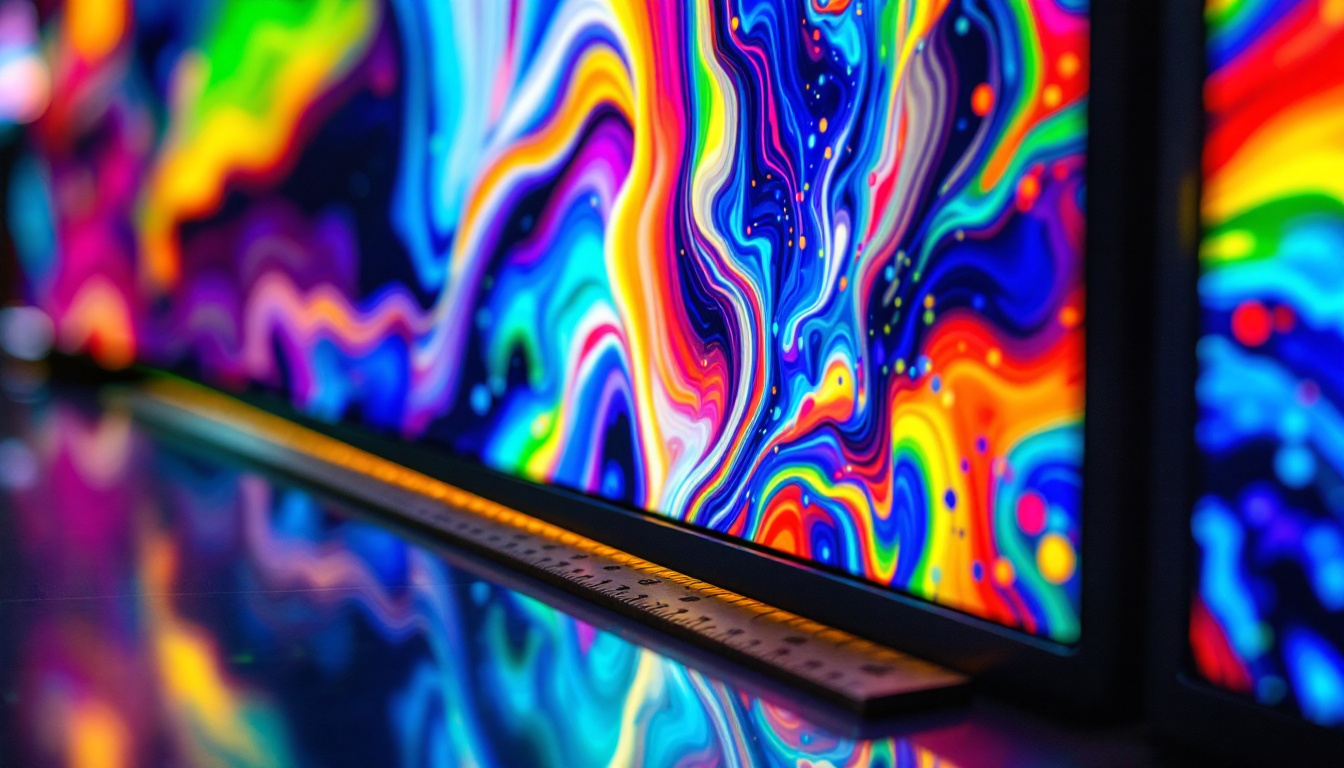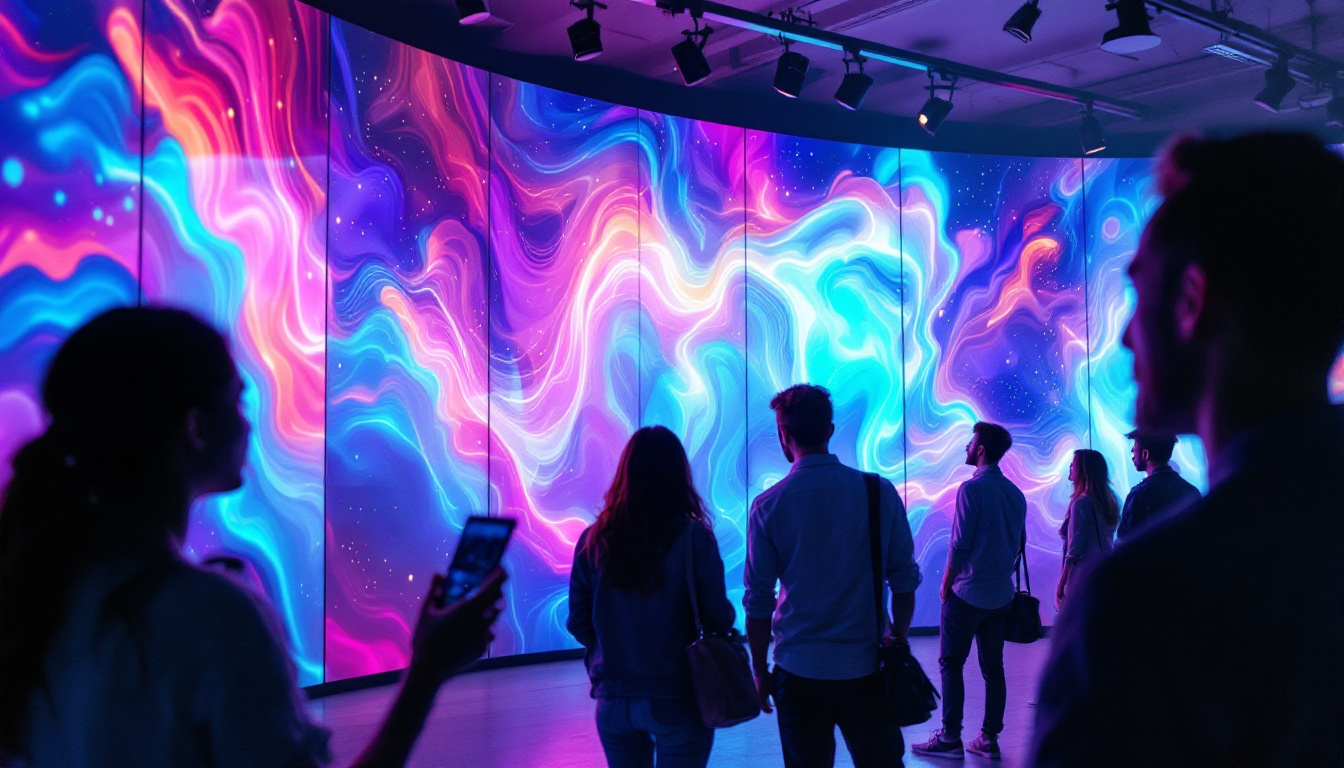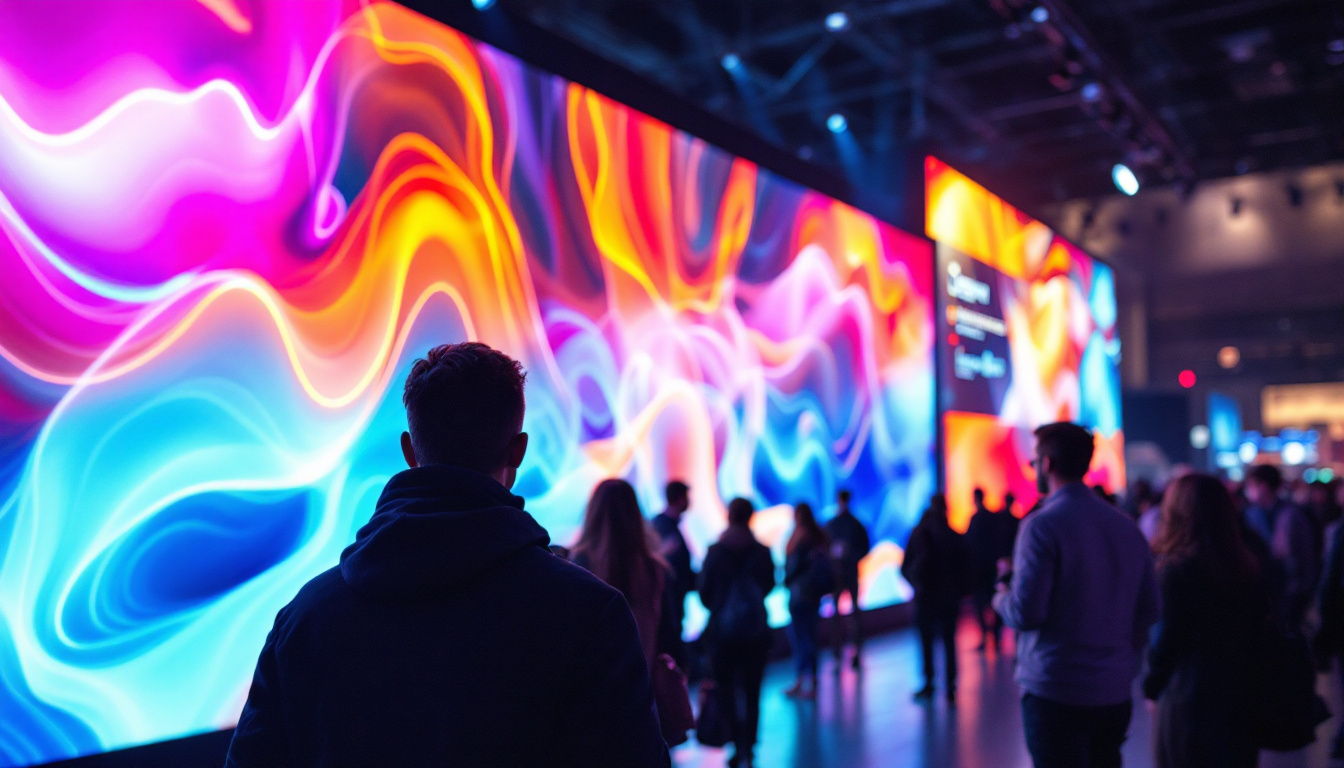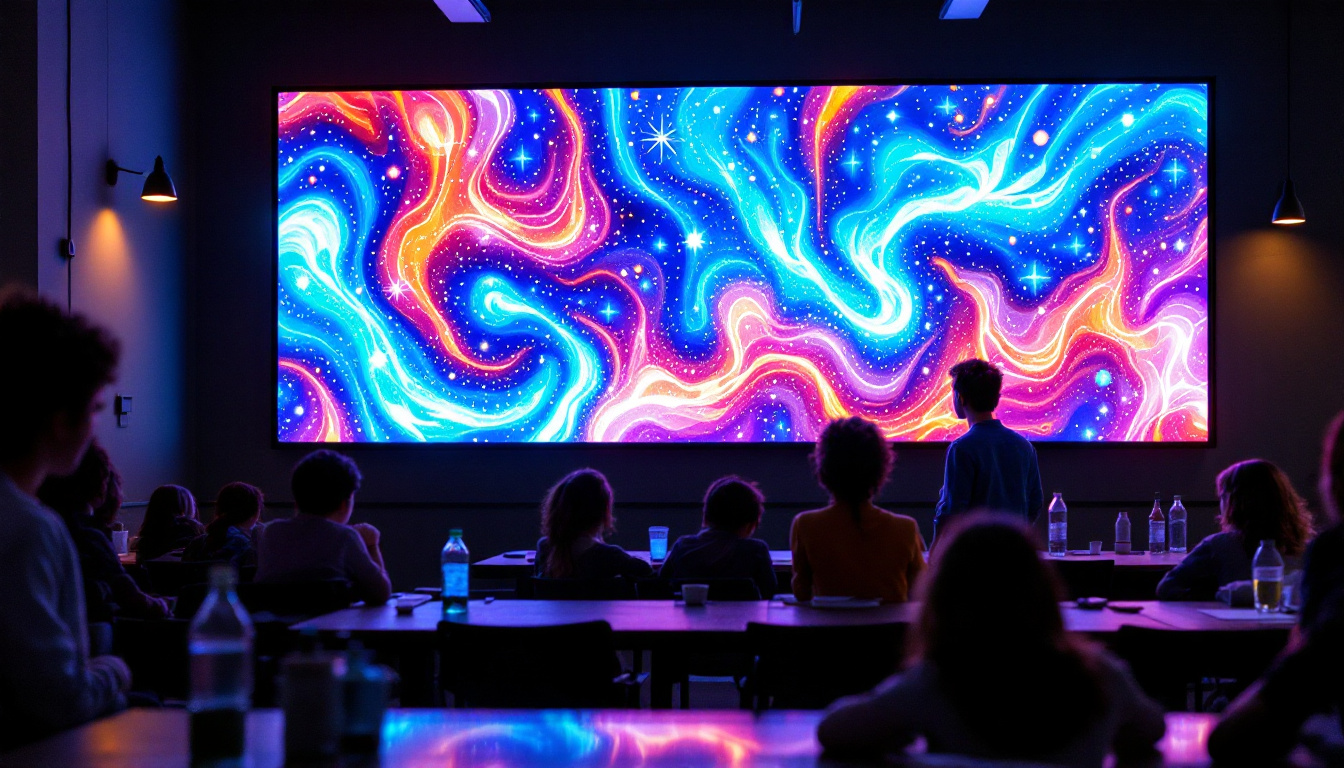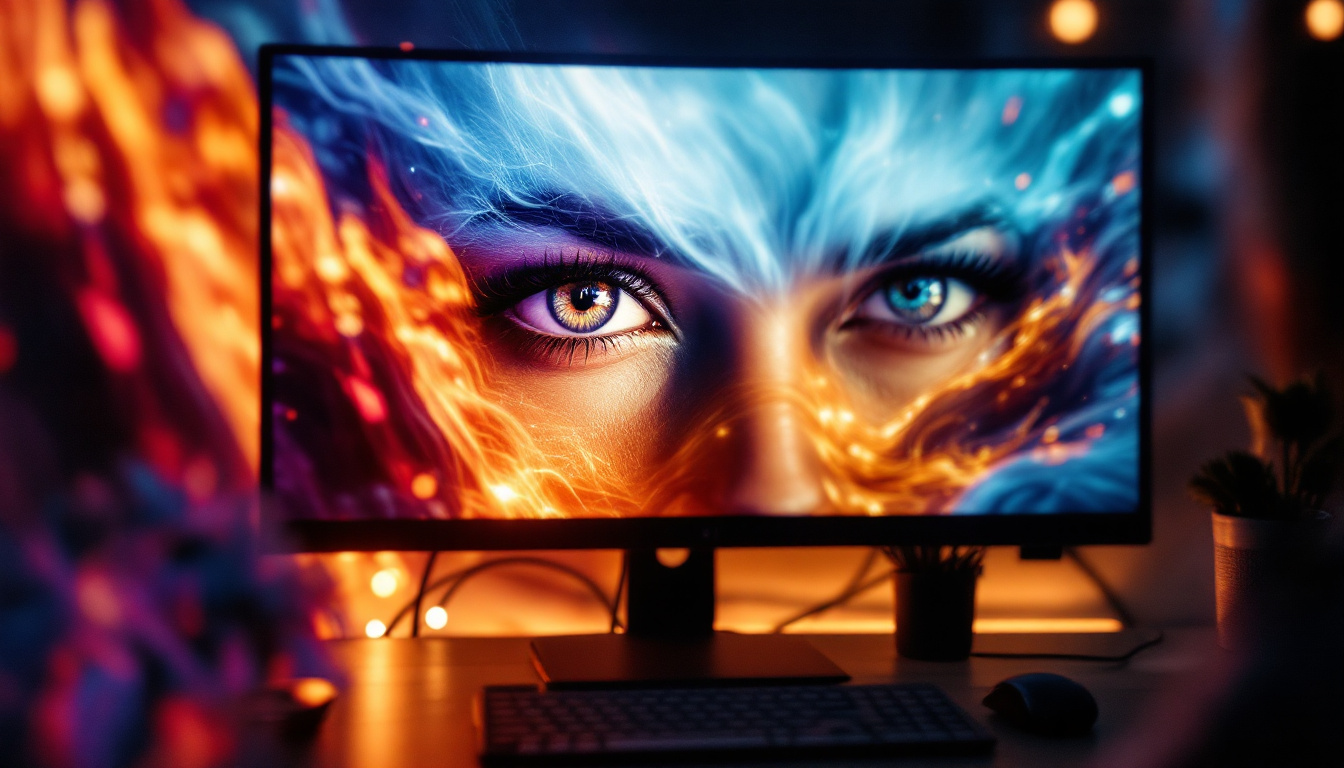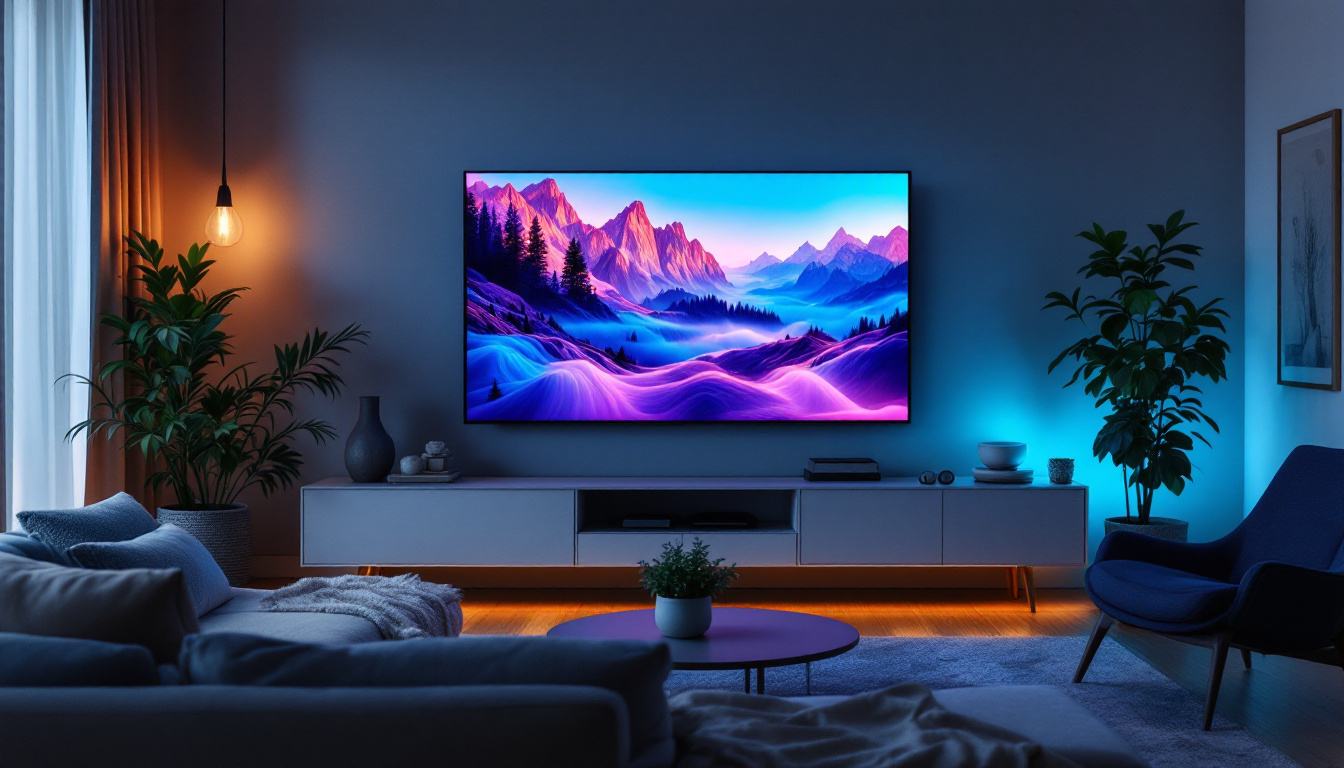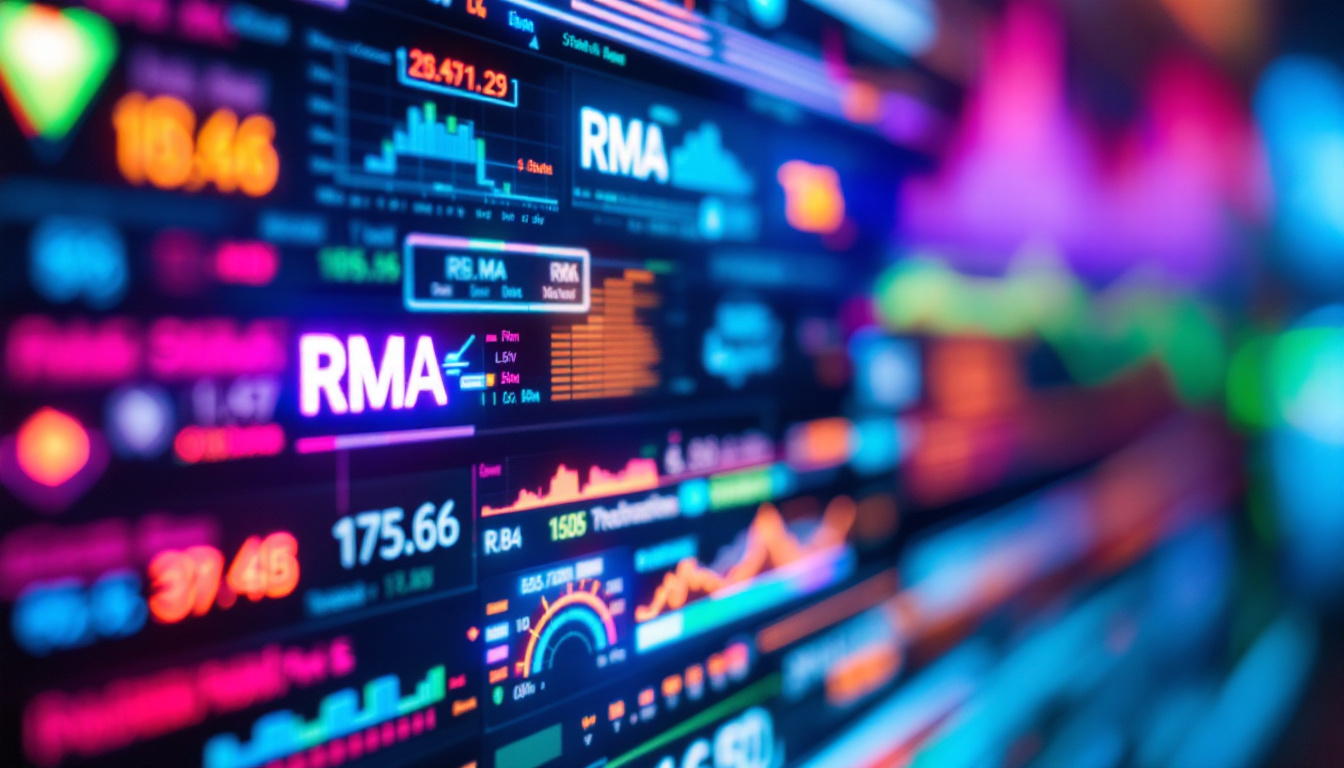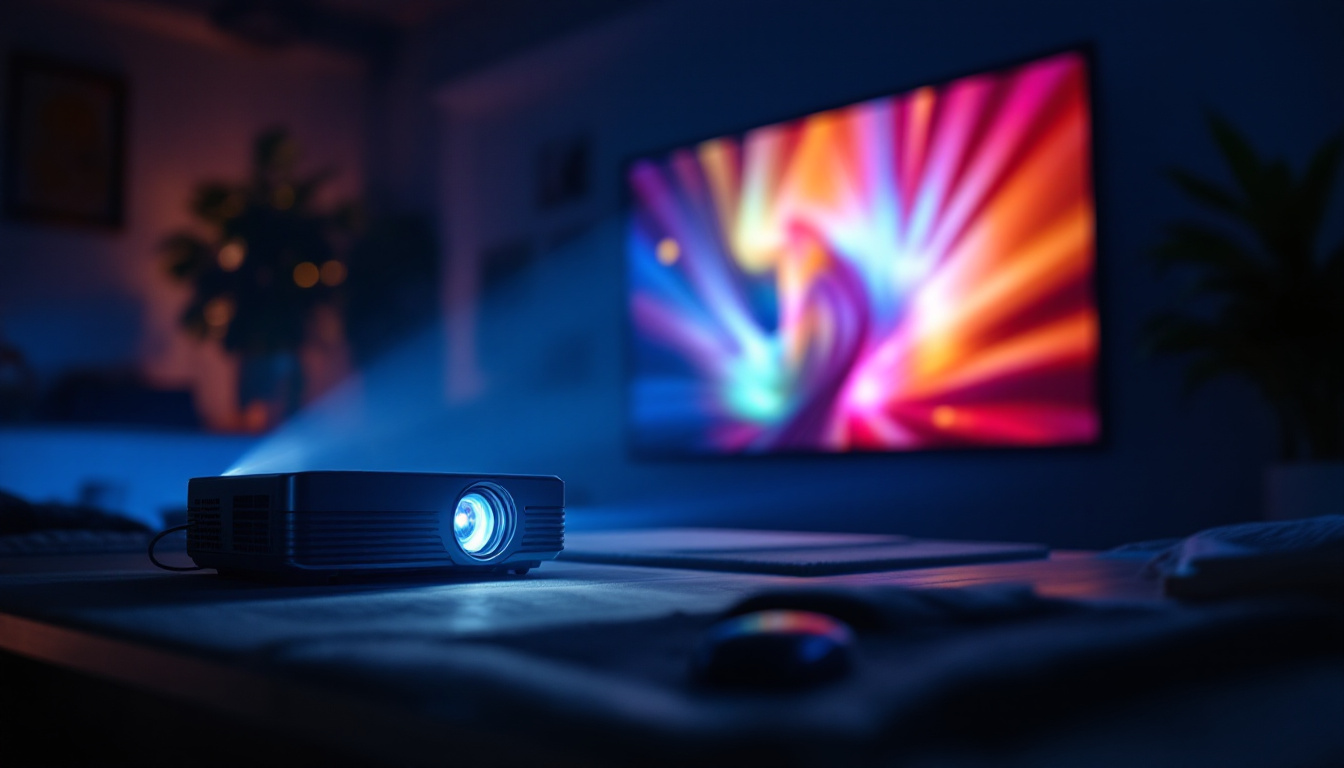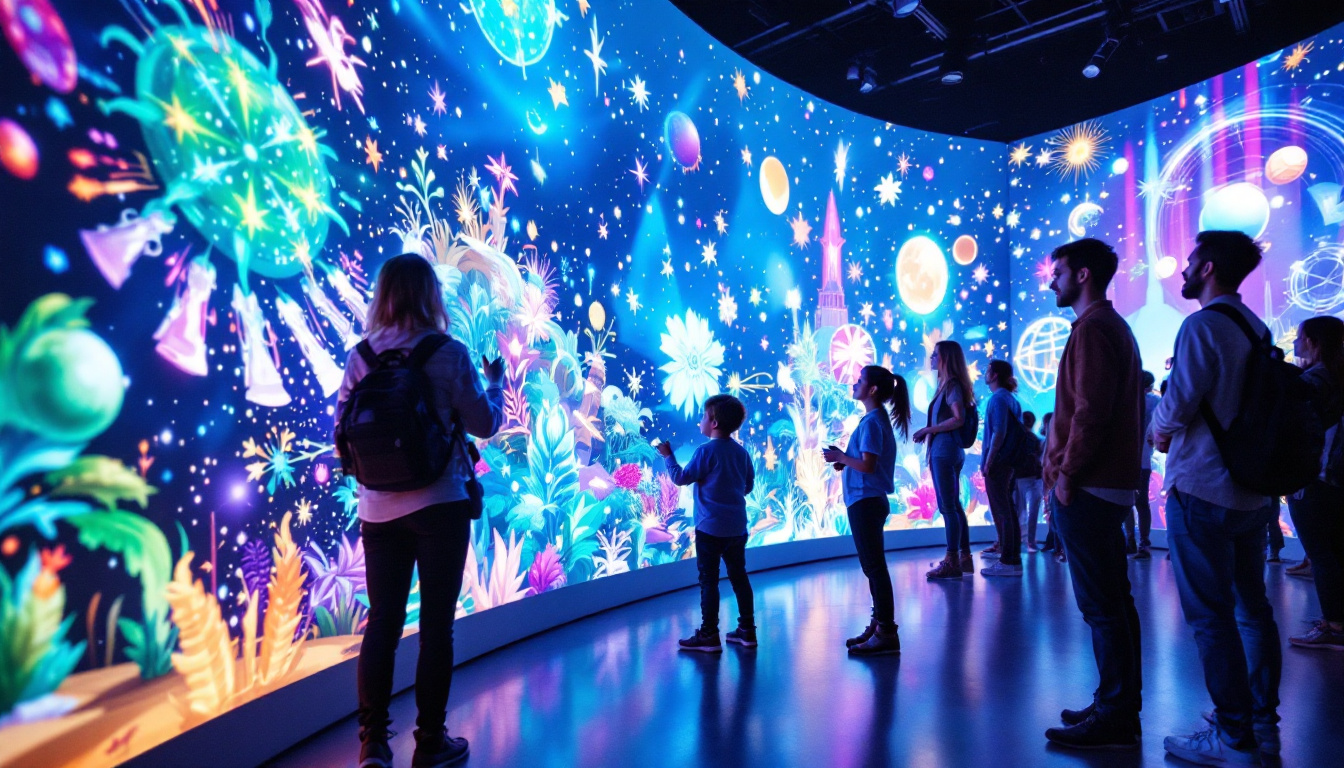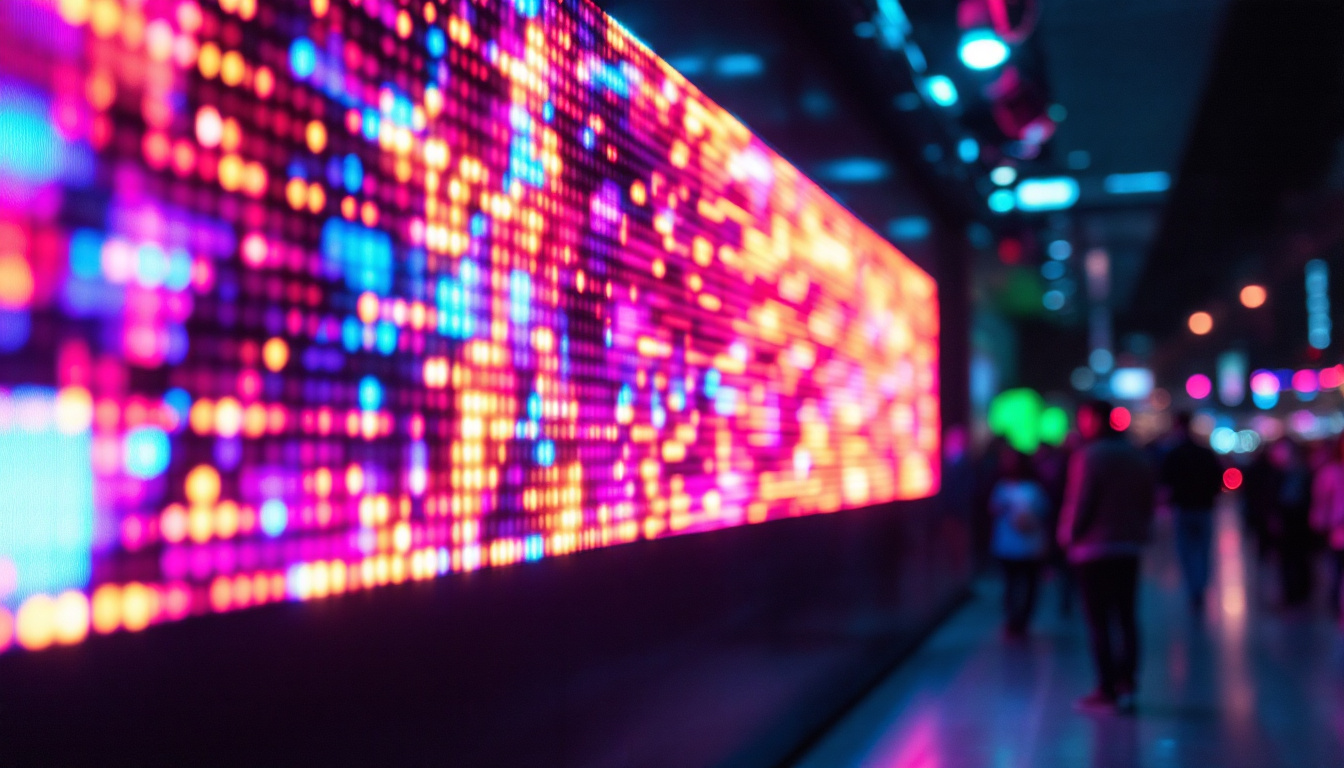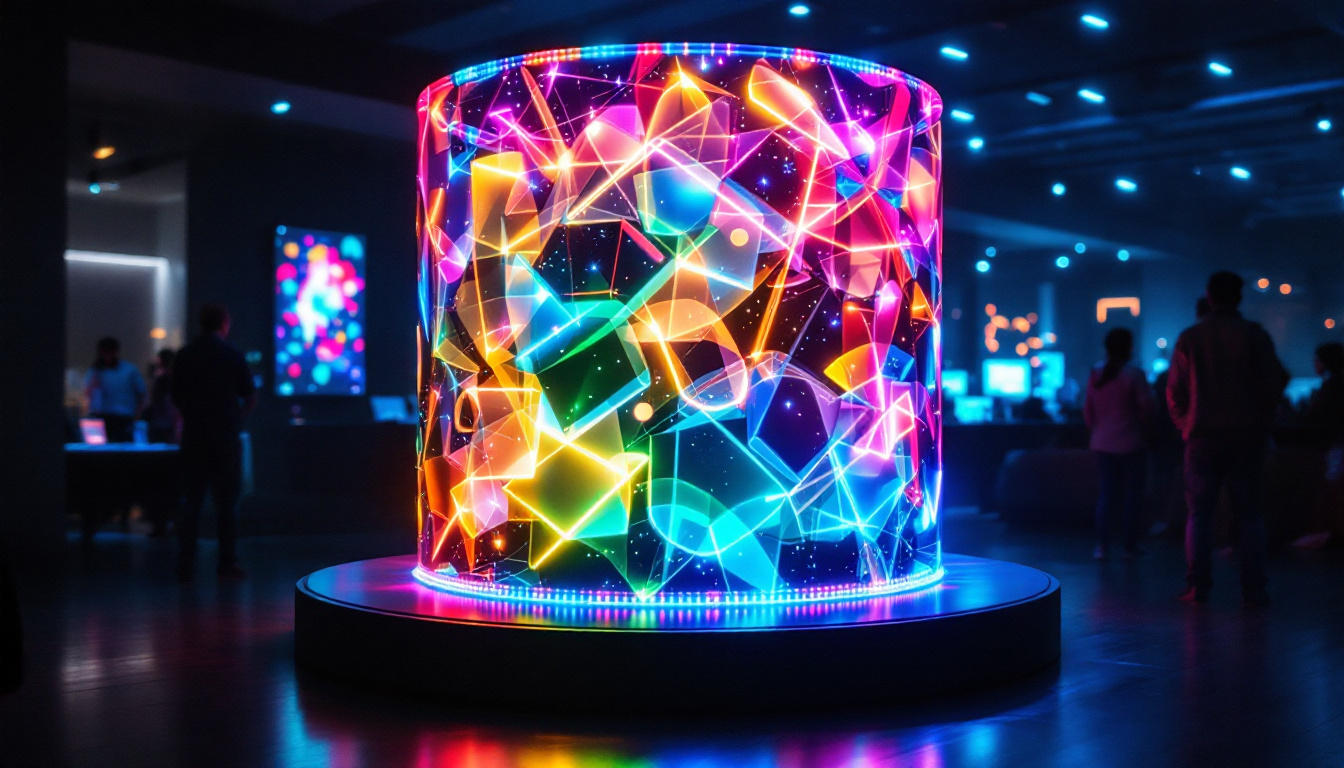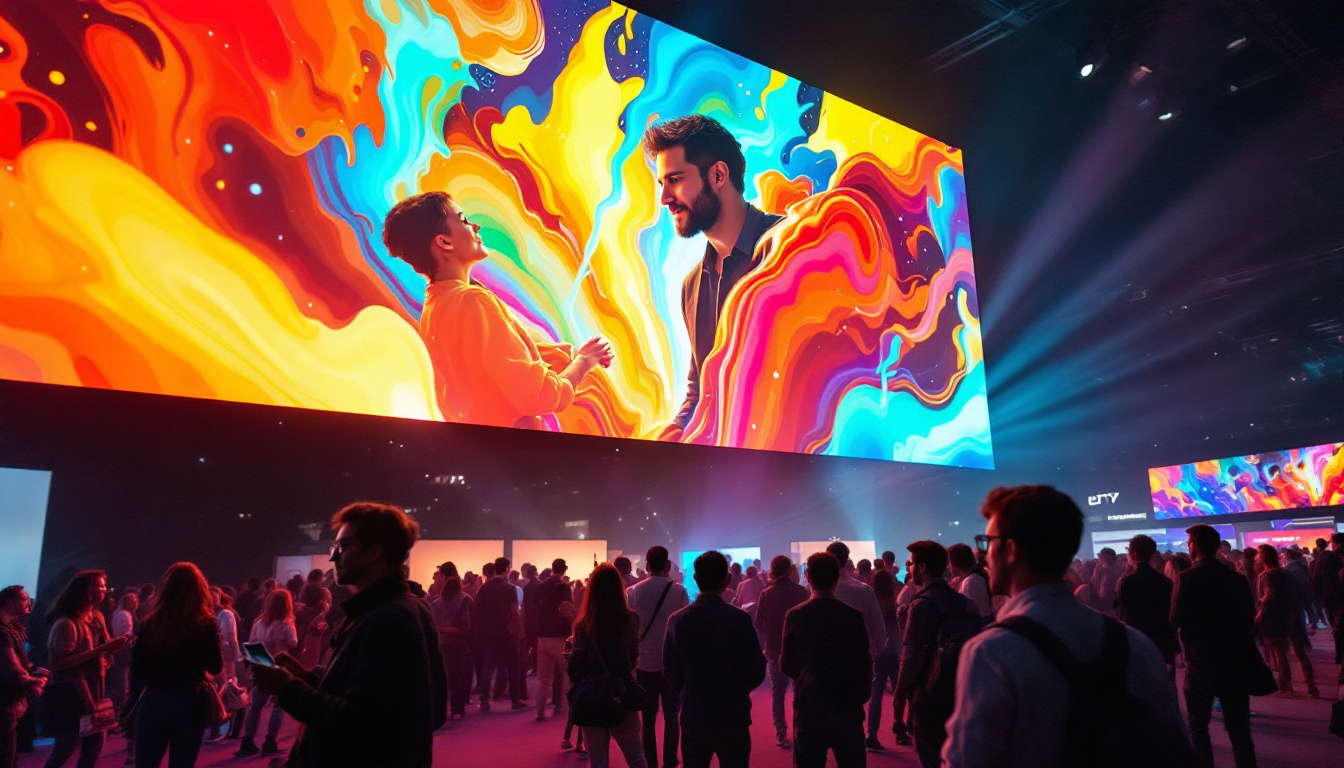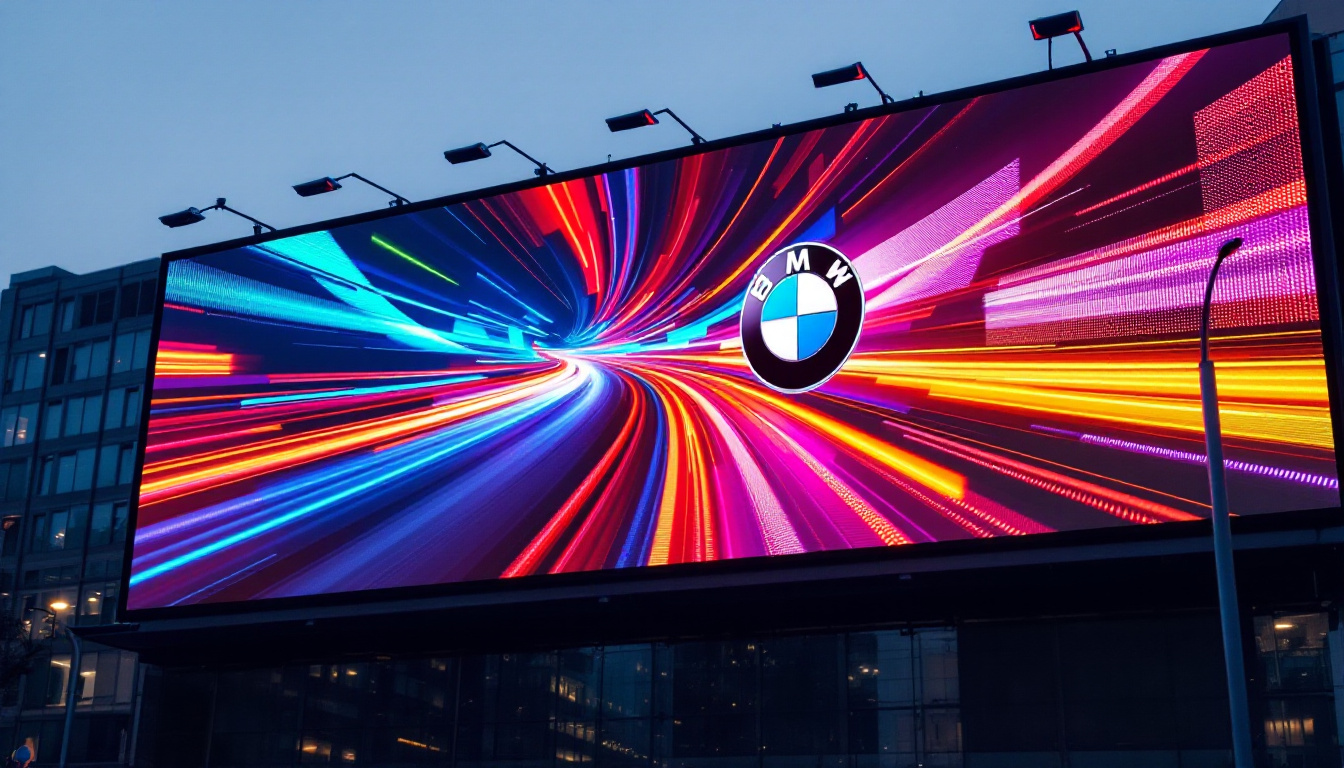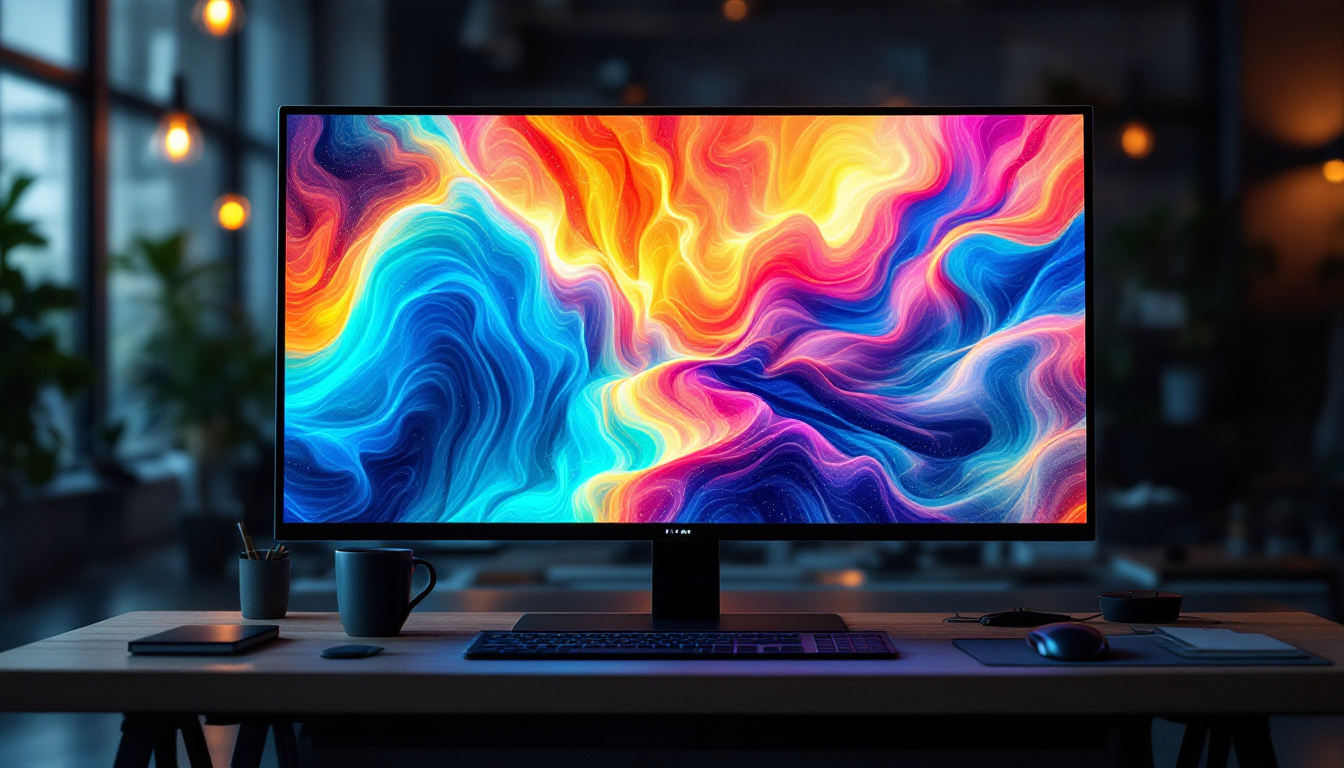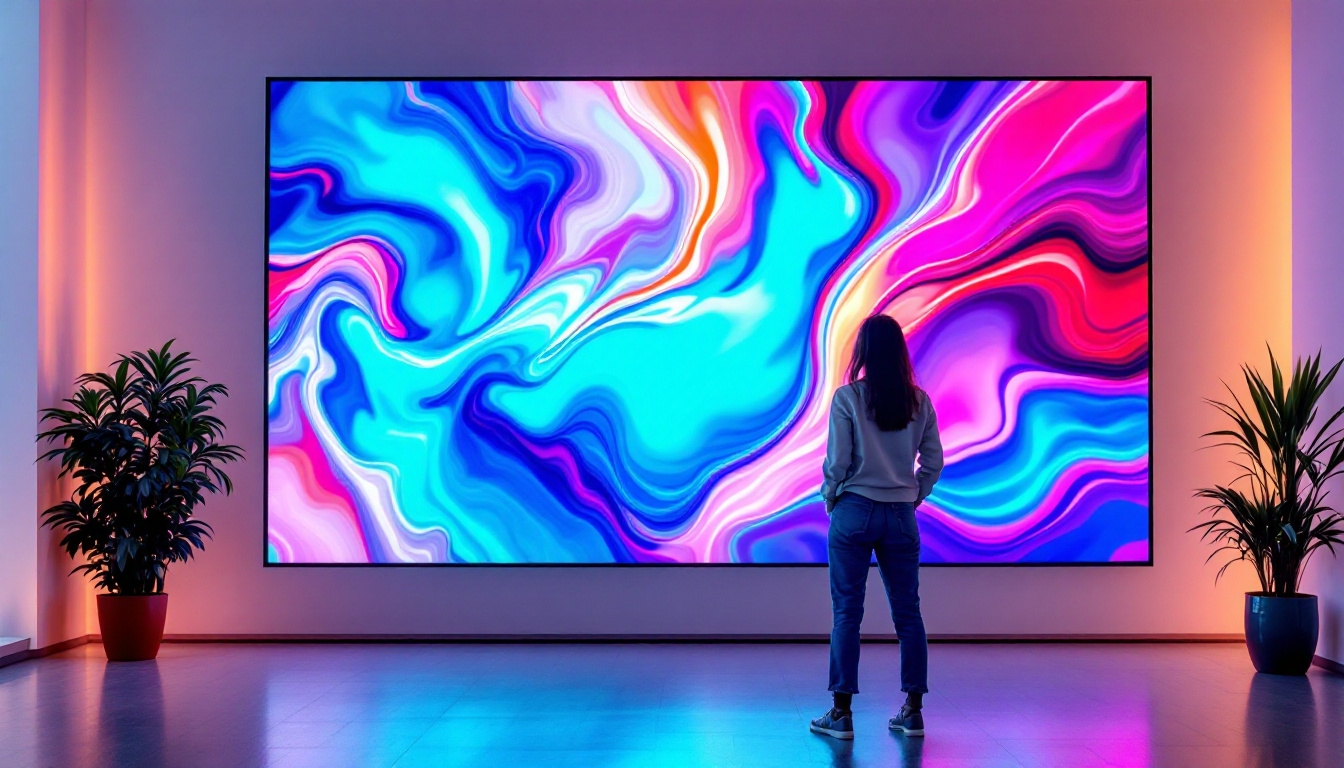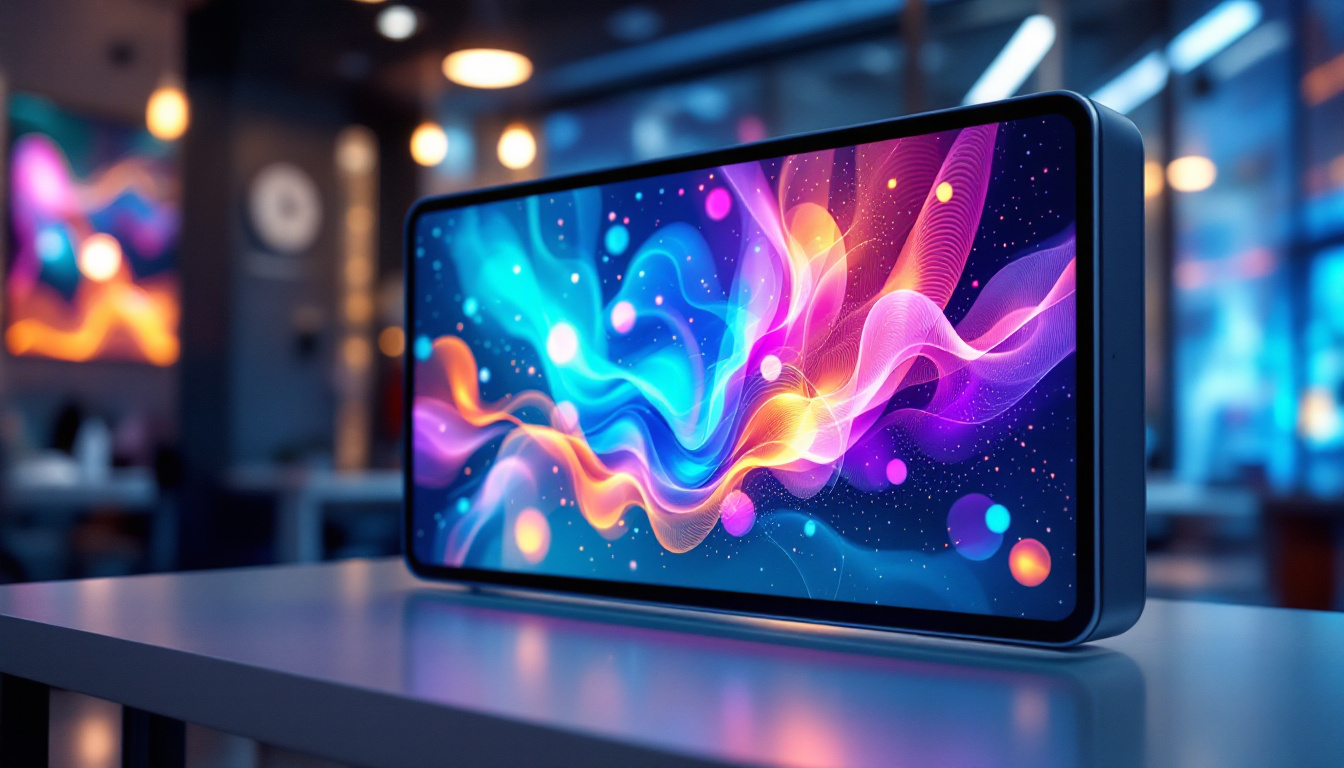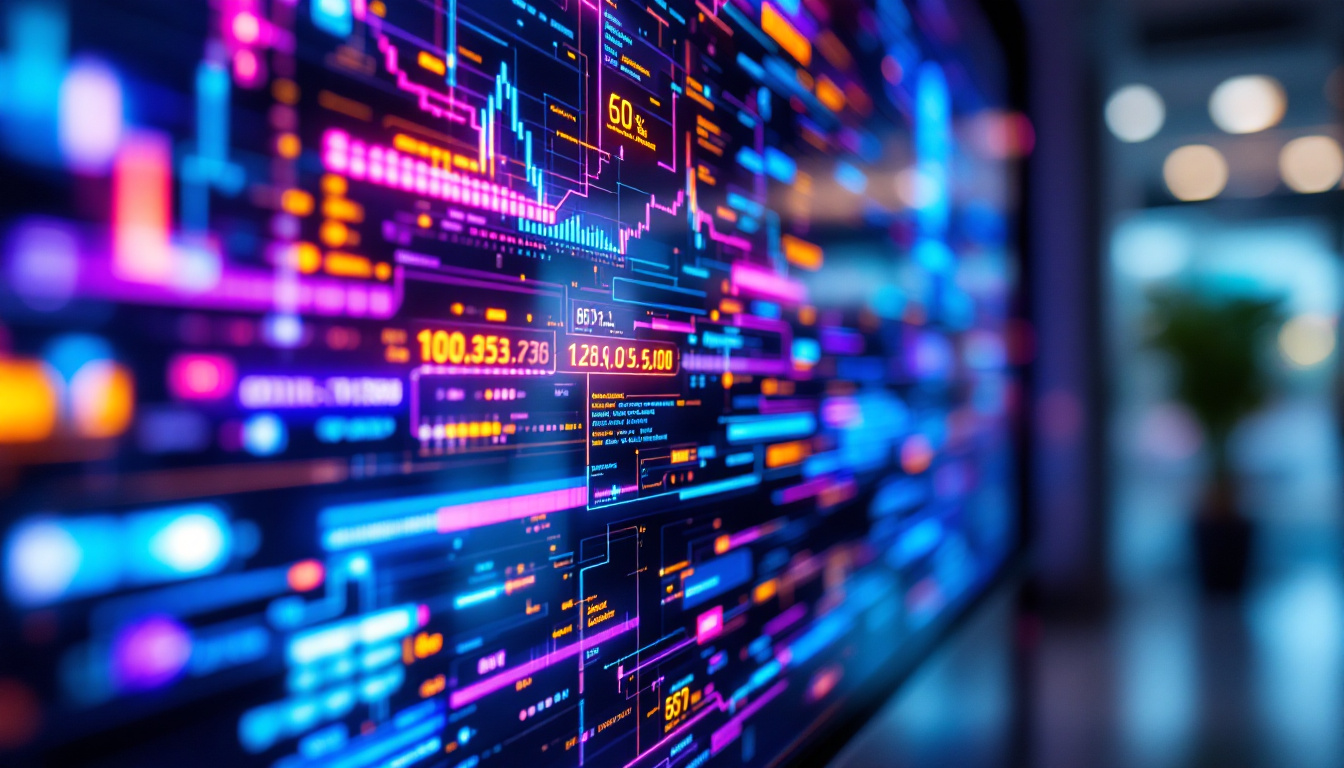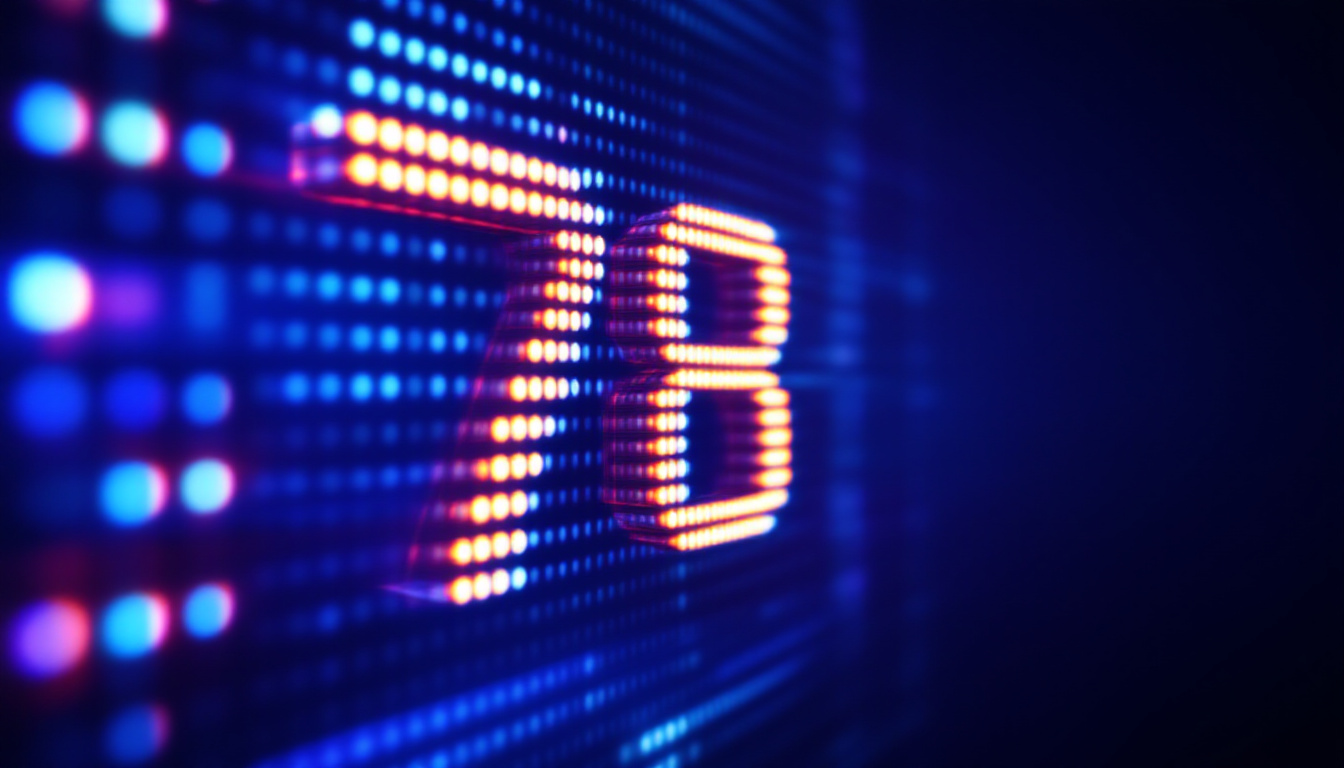In the realm of modern technology, LED displays have become ubiquitous, transforming the way information is presented and consumed. From large outdoor billboards to sleek indoor screens, LED technology has revolutionized visual communication. This article delves into the intricacies of LED displays, exploring their functionality, advantages, applications, and the future of this dynamic technology.
Understanding LED Technology
LED, or Light Emitting Diode, is a semiconductor device that emits light when an electric current passes through it. This technology has evolved significantly since its inception, leading to the development of vibrant and energy-efficient displays. The core principle behind LED displays is relatively straightforward, yet the technology encompasses a range of components and processes that enhance its functionality. Over the years, LEDs have transformed not only the way we view information but also how we interact with our environments, paving the way for innovations in various fields, including automotive lighting, architectural illumination, and even horticulture.
The Basics of LED Operation
At its core, an LED display consists of numerous tiny diodes arranged in a grid. Each diode can emit light in various colors, typically red, green, and blue (RGB). By adjusting the intensity of these colors, a full spectrum of hues can be produced, allowing for the display of complex images and videos. This RGB combination is fundamental to the color reproduction capabilities of LED screens. The precision with which these colors can be mixed and displayed has made LED technology a favorite in applications where color accuracy is paramount, such as in graphic design and digital art.
When an electric current is applied to the diodes, they emit light, which is then projected through a lens or a screen. The arrangement and size of these diodes determine the resolution and clarity of the display. Higher pixel density results in sharper images, making it essential for applications requiring detailed visuals. Furthermore, advancements in LED technology have led to the development of features such as high dynamic range (HDR), which enhances the contrast and brightness of images, creating a more immersive viewing experience. This capability is particularly beneficial in home theaters and gaming setups, where visual fidelity is crucial.
Types of LED Displays
LED displays can be categorized into several types based on their construction and application. The most common types include:
- Direct View LED (DVLED): These displays use individual LEDs to create images, making them suitable for large-scale outdoor advertising.
- LED-backlit LCD: In this setup, an LCD panel is illuminated by LED lights, combining the advantages of both technologies.
- Organic LED (OLED): OLED displays utilize organic compounds that emit light, offering superior contrast and color accuracy.
Each type has its unique advantages and is tailored for specific applications, from commercial advertising to consumer electronics. For instance, DVLED displays are often used in stadiums and concert venues due to their brightness and visibility from long distances, while OLED technology is increasingly favored in smartphones and high-end televisions for its ability to produce deep blacks and vibrant colors. Additionally, the emergence of MicroLED technology, which uses microscopic LEDs to create displays, is set to further revolutionize the market by offering even greater efficiency and flexibility in design, paving the way for innovative applications in both personal and professional settings.
Advantages of LED Displays
LED displays offer a plethora of benefits that make them a preferred choice for various applications. Understanding these advantages can help businesses and consumers make informed decisions when selecting display technology.
Energy Efficiency
One of the most significant advantages of LED technology is its energy efficiency. LED displays consume significantly less power compared to traditional display technologies, such as incandescent or fluorescent lights. This not only reduces operational costs but also contributes to environmental sustainability.
In commercial settings, the lower energy consumption translates to substantial savings over time, making LED displays an attractive investment. Furthermore, their longevity means fewer replacements, further minimizing environmental impact. Many businesses have reported reductions in their energy bills by as much as 50% after switching to LED technology, which can significantly enhance profitability. Additionally, the reduced heat output from LED displays decreases the need for extensive cooling systems, further contributing to energy savings and creating a more comfortable environment.
Brightness and Visibility
LED displays are known for their exceptional brightness and visibility, even in direct sunlight. This characteristic makes them ideal for outdoor applications, such as billboards and signage. The ability to adjust brightness levels also ensures optimal viewing conditions in various environments.
High brightness levels enhance the overall user experience, making content more engaging and easier to read. This is particularly important in advertising, where capturing the attention of passersby is crucial. Moreover, the color accuracy and contrast provided by LED technology allow for vibrant displays that can convey messages more effectively. This capability is especially beneficial in industries like retail, where visual appeal can significantly influence consumer behavior. As a result, businesses can leverage LED displays to create dynamic and eye-catching advertisements that stand out in crowded marketplaces.
Versatility and Customization
Another notable advantage of LED displays is their versatility. They can be designed in various shapes and sizes, accommodating a wide range of applications. From large-scale video walls to small screens for personal devices, LED technology can be tailored to meet specific needs.
Moreover, LED displays can be easily integrated into existing infrastructure, allowing for seamless upgrades. Customization options, such as pixel pitch and resolution, enable businesses to choose the perfect display for their requirements. This adaptability extends to various industries, including entertainment, transportation, and education, where tailored solutions can enhance user engagement. For instance, in sports arenas, LED displays can be configured to show live feeds, instant replays, and advertisements simultaneously, creating an immersive experience for fans. The ability to create unique layouts and configurations also means that venues can maximize their advertising potential while providing essential information to attendees.
Applications of LED Displays
The versatility of LED displays has led to their widespread adoption across various industries. From advertising to entertainment, the applications of this technology are vast and varied.
Advertising and Marketing
One of the most prominent applications of LED displays is in advertising and marketing. Digital billboards and signage utilize LED technology to deliver dynamic content that captures attention. The ability to change messages in real-time allows businesses to respond quickly to market trends and consumer behavior.
Moreover, LED displays enable targeted advertising, as content can be tailored based on location, time of day, or audience demographics. This level of customization enhances engagement and can lead to higher conversion rates. For instance, a clothing store might showcase winter apparel during the colder months while promoting summer wear as the seasons change, ensuring that the advertising remains relevant and appealing to potential customers.
Entertainment and Events
In the entertainment industry, LED displays play a crucial role in enhancing the visual experience. Concerts, festivals, and sporting events often feature large LED screens that display live feeds, graphics, and advertisements, creating an immersive atmosphere for attendees.
Additionally, LED technology is used in theaters and cinemas to project high-quality visuals. The vibrant colors and sharp contrast offered by LED displays elevate the overall viewing experience, making it more enjoyable for audiences. Beyond traditional settings, immersive experiences such as virtual reality and augmented reality events are increasingly incorporating LED displays to create captivating environments that draw viewers into the action, blurring the lines between reality and digital content.
Corporate and Educational Settings
LED displays are increasingly being utilized in corporate and educational environments. In offices, digital signage can convey important information, such as announcements and schedules, while also serving as a platform for branding.
In educational institutions, LED displays can enhance learning experiences through interactive presentations and visual aids. The ability to display multimedia content effectively engages students and facilitates better understanding of complex topics. Furthermore, many universities and colleges are adopting LED technology for live-streaming lectures and events, allowing remote students to participate in real-time. This integration of technology not only broadens access to education but also fosters a more inclusive learning environment, bridging the gap between traditional and modern educational methods.
The Future of LED Displays
The future of LED displays looks promising, with ongoing advancements in technology paving the way for even more innovative applications. As consumer demands evolve, manufacturers are continuously developing new features to enhance performance and usability.
Advancements in Technology
Recent developments in LED technology include improvements in energy efficiency, color accuracy, and resolution. For instance, MicroLED technology is emerging as a game-changer, offering higher pixel density and better contrast ratios than traditional LED displays.
Additionally, the integration of artificial intelligence (AI) and machine learning is set to revolutionize how LED displays operate. Smart displays that can analyze viewer behavior and adjust content accordingly are on the horizon, providing a more personalized experience.
Sustainability Initiatives
As environmental concerns continue to grow, the LED display industry is making strides towards sustainability. Manufacturers are focusing on creating eco-friendly products that minimize waste and energy consumption. This includes using recyclable materials and developing energy-efficient technologies.
Moreover, initiatives to promote the circular economy are gaining traction, encouraging the reuse and recycling of electronic components. Such efforts not only benefit the environment but also enhance the reputation of brands committed to sustainability.
Conclusion
LED displays have undoubtedly transformed the landscape of visual communication, offering unparalleled advantages in energy efficiency, brightness, and versatility. Their applications span a wide range of industries, from advertising to education, making them an essential tool for modern businesses and organizations.
As technology continues to advance, the future of LED displays holds exciting possibilities. With innovations in design, sustainability, and functionality on the horizon, LED displays are poised to remain at the forefront of visual technology for years to come. Embracing this technology not only enhances communication but also contributes to a more sustainable future.
Explore the Future of Visual Technology with LumenMatrix
As you consider the vast potential and benefits of LED displays outlined in this article, we invite you to experience the innovation firsthand with LumenMatrix. Embrace the future of visual communication with our comprehensive range of LED display solutions, from Indoor and Outdoor LED Walls to specialized displays for Vehicles, Sports, and even Custom configurations. Discover how LumenMatrix is redefining the way businesses engage with audiences through captivating visuals and state-of-the-art technology. Check out LumenMatrix LED Display Solutions today and take the first step towards transforming your brand’s visibility and audience experience.

